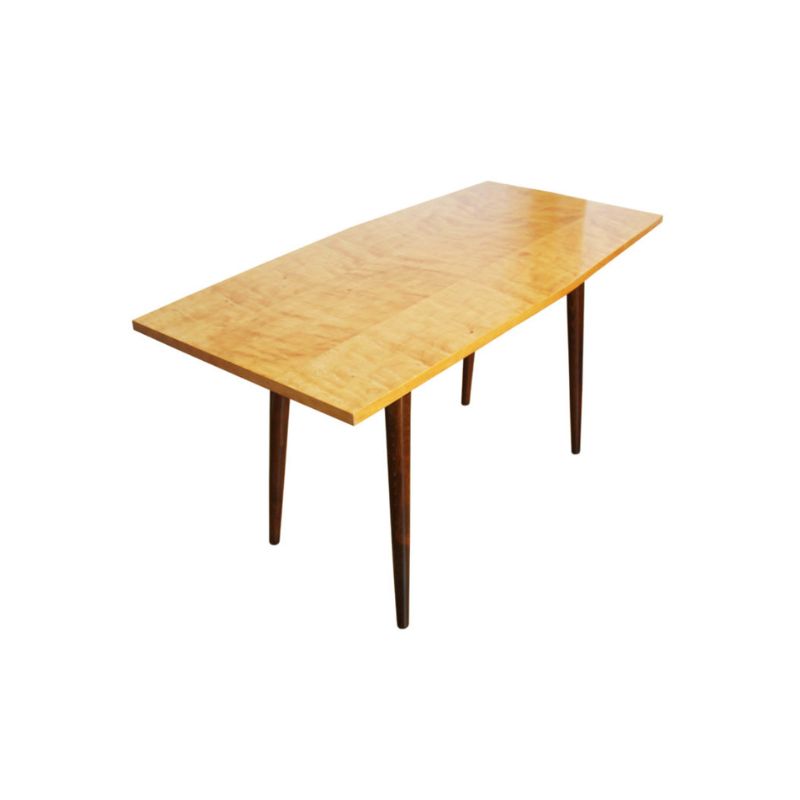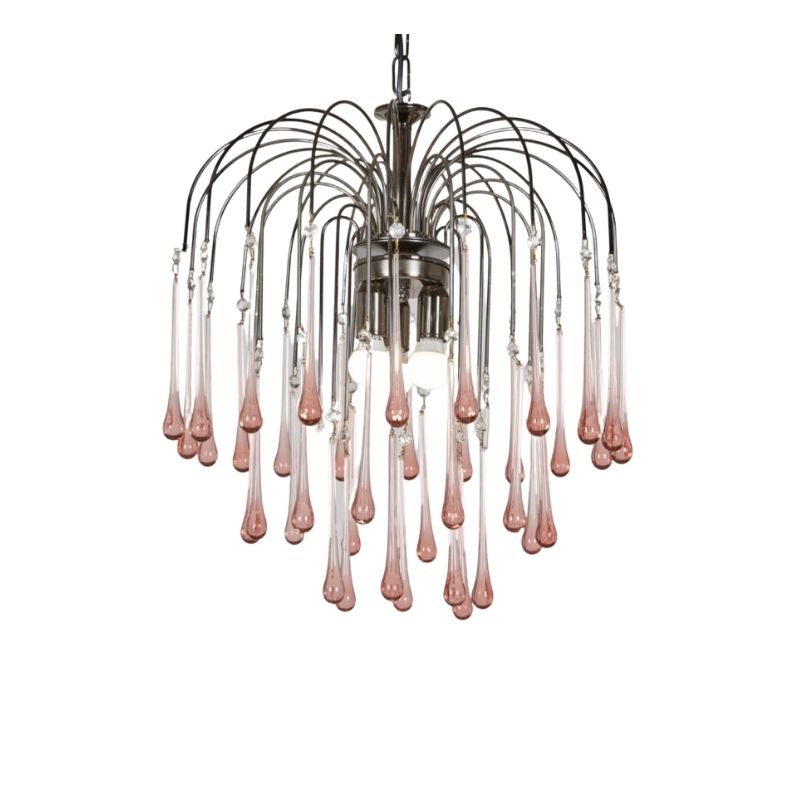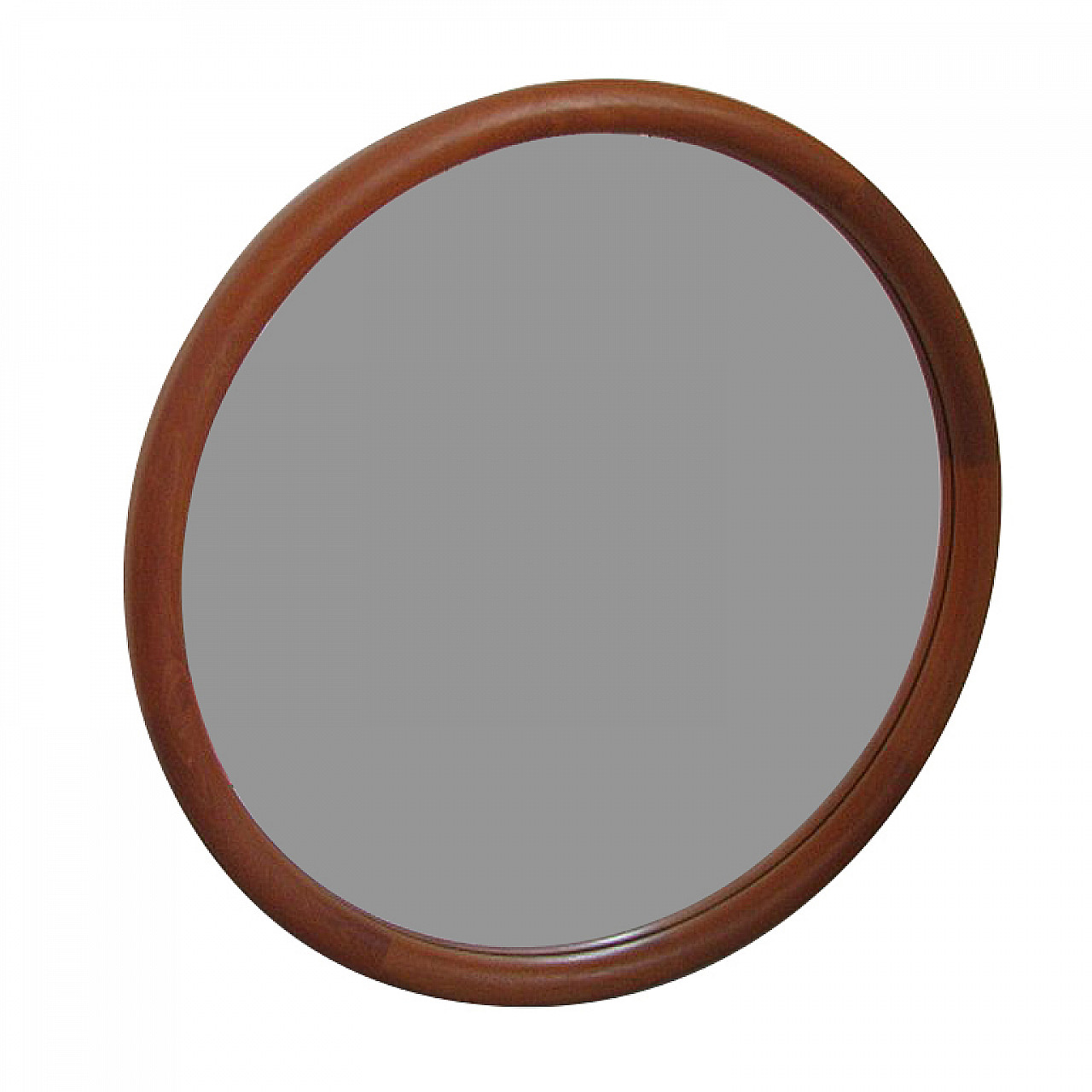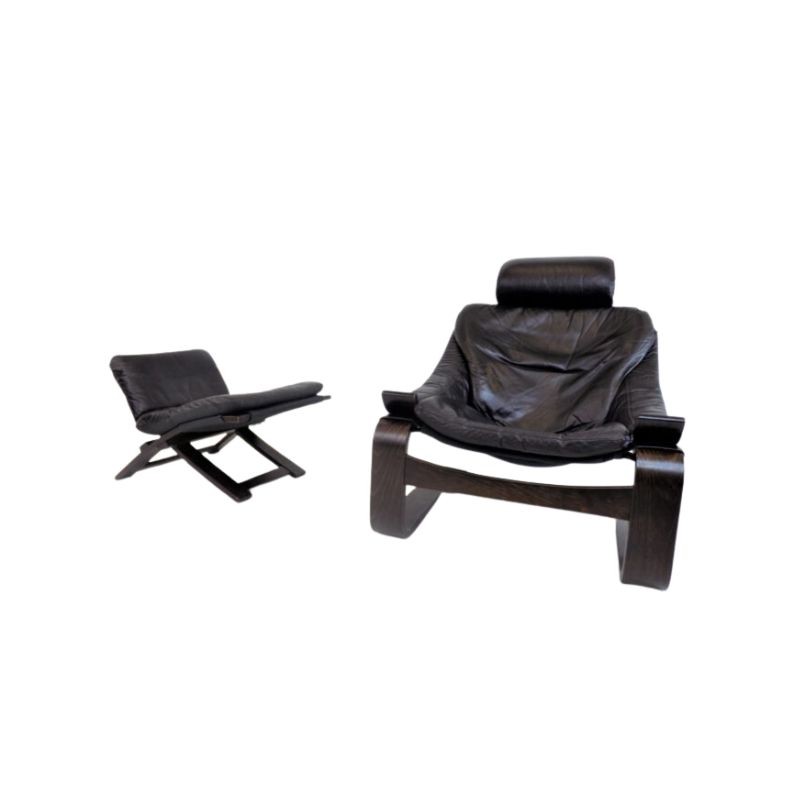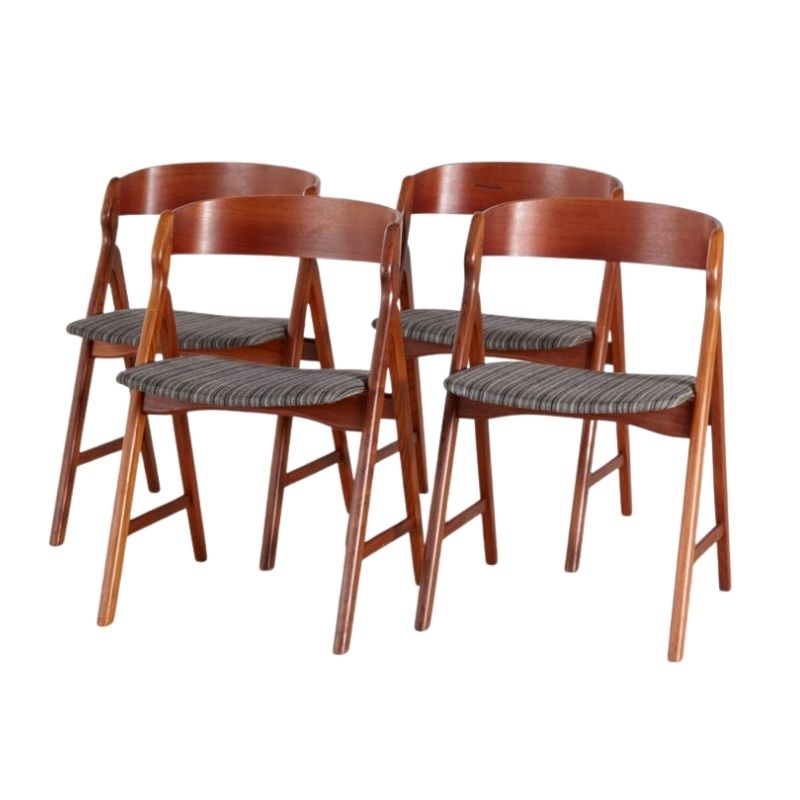Unfortunately ....
it means nothing...
First of all Cassina's own website states that the licence given by the Le Corbusier Foundation dates from 1964 ("...when the master was still alive...") Which simply means that there are no patent rights anymore because even in the Benelux (famous for lousy research when it comes to patents) patents expire after 18-22 years depending on the conditions under which they have been granted. That leaves two other possibilities open: Copyrights and protection of Industrial designs (sometimes, becaue of the U.S. practice called design patents. Only copyrights would still be valid because they extend beyond the dead of the creator. But copyrights are limited in this case to images of the product (pictures technical drawings, illustrations etc.,not the product. Actually, a product, no matter what it is can only be protected under one legislation (patent, copyright or design patent).
European and North American common law prohibits a manufacturer from misleading the consumer, so, under that legislation (slightly different in different countries) Someone who has produced a particular product for some time can argue in court that someone who makes copies tries to mislead the consumer. Most of the time these manufacturers will state as clearly as possible that it is not the original, no matter how close they are to the original product. Only few cases go to court under this legislation because it is difficult to proof, but Artimide has done it in the U.S. for Richard Sapper's Tisio lamp and Polaroid was actually able to prevent Kodak to stay on the marked with self-developing film when their patents expired.
To own a copy is never a crime, nor is making one. The criminal act is: putting it on the market as soemthing that it is not. So if you feel like making a Van Gogh, please go ahead, you can even sell it as long as you tell the buyer that you painted it...and that your missing ear is just a coincidence...
thank you koen
Dear Koen, thank you for your elaborate answer.
So, a Cassina dealer in Antwerp that tells me horror stories about imitations that the police collects at peoples homes and getting mega fines (75000 euro) for owners of fakes, is pure nonse!?
What a way to promote Cassina!
Another argument they use is that the imitations have imitaion leather, the wrong measures and no signature.
Thank you, L.C.
Dear lc,
Yes it must be part of the Antwerp Urban Mythology, and could be part of a show in the "Poesjenellenkelder". Some of the copies are indeed of low quality and have the wrong measurements. It's one of the reasons why I like to make a distinction between a reproduction and a copy. As far as the signature is concerned, there was none on earlier Cassina productions and certainly not on the originals. Signatures came in vogue when laser-engraving became possible and popular. This is of course part of what Cassina is paying the "La Fondation Le Corbusier" for, because the signature is still protected by copyright. I for one find it unfair toward former Cassina customers that have paid for "real" Cassina Le Corbusier productions but without a signature...Than again, it was never about honoring the legacy of a great architect, it was always about money...
FROM CASSINA WEBSITE
from cassina web-site:
All the models in the "Cassina I Maestri" (Cassina Masters) collection, by merit of their artistic content and particular creative character, are protected by copyright, a legal institution that is universally recognised and safeguarded; legal protection is assured for the whole life-span of the author and for 70 years after his/her death (or the death of the last surviving co-author).
Owing to their high artistic content and particularly creative nature, all products in the Cassina I Maestri collection are protected by copyright. This affords them legal protection for the entire life of the author and for 70 years after death. In the case of the Le Corbusier collection, the protection period will expire in 2069, seventy years after the death of the co-author Charlotte Perriand.
The commercial rights to Le Corbusier furniture were transferred to Cassina by a contract drawn up on 23.10.1964. An uninterrupted series of contract renewals has led to the current contract with the Fondation Le Corbusier, Paris, the universal heir to these rights, which was renewed on 20.11.2002.
Over the years, the success achieved by the CASSINA I MAESTRI collection, which includes Le Corbusier products, has attracted an increasing number of imitators, against whom Cassina has filed and won major lawsuits in all European countries. Under the terms of previous legislation, Italy was alone in not recognising the patent rights, thus allowing imitations and copies to spread. Since 2001, Italy has also finally been complying with the European directive, recognising copyright in protection for products of industrial design.
Despite this, there are still many plagiats of Le Corbusier models on the market. They are of inferior quality and uncertain provenance and are offered at knock-down prices.
n the light of the above, Cassina S.p.A., in its position of exclusive worldwide licensee of the Le Corbusier designs
Koen, is it true ?
"some one" tells us that Cassina will keep the patents on LC series almost forever. Off course, some manufacturers of LC replica's can sell at prices that are only 1/4 of the cassina prices. I have seen replica's which are of very good quality. Leather was good, cushion-fill was ok, even the frame was made of higly polished stainless steel ( no chrome ). But off course, those manufacturers don't have super-expensive shops in Paris, London, or Milano, they just give the right quality for the right price. So, what did Mr. Le Corbusier want with his designs ? Design and modernism affordable for most of us ? I don't really care about a signature in the back of my sofa, what I ( and most people ) want is that I can buy something nice and good, no snobism.
I think that the benefit of b...
I think that the benefit of buying Cassina is an assurnace of quality. Are there copies out there that are of equal materials and manufacturing methods? Probably. Is there any guarantee of the quality in a sea of imitations? None. You pay alot of money for the signature and the cache, but you also can sleep well at night because you know your piece is made to the highest standards and was not compromised for monetary gain.
it is called mis-information...
by omission...I have no idea if "...Cassina has filed and won major lawsuits in all European countries..." is true or not. I am not in a position to verify it either, but it does not specify under which legislation they have done so. There are three different ones, and each takes care of a particular aspect of intellectual property. Patents cover inventions; they are not 'form' related and require both originality and inventiveness. Both aspects are researched by the patent office before a patent (usually for 20 years) is granted. The copyright law is based on a claim made at the first publication of the work. It is limited to texts, music, all forms of imagery from paintings to plate decorations and photography. It protects the rights of the creator for 50-70- years after his or her death. So how does a museum get a copyright on a Da Vinci? By prohibiting any form of photography in the museum and on claiming copyrights on the pictures that are made of the work of the artist on their behalf. Last but not least the protection of models of industrial design, in the U.S. this is called a design patent and the number of the patent is preceded by a 'D'. Most of these registrations are simply that: a registration. No research is dome on the previous existence of a model. The protection last a minimum of 20 years depending on the country. One can not apply more than one legislation on the same feature of the product. What Cassina does is confusing the issues. There is not such a thing as a copyright protection of products of industrial design, unless they mean a picture of a product of industrial design. It is true that Italy was not keen on the intellectual property legislation. In post-war Italy it was seen by the legislator as important to have full freedom in industrial production. The U.S. just after independence had the same attitude, which allowed a lot of immigrant craftsmen to copy the things they had learned in England and other countries of origin. So the sentence should read:" Since 2001, Italy has also finally been complying with the European directive, recognizing the protection of products of industrial design." The way it is formulated in their text it gives the impression that this change in attitude of the Italian government applies to their production of 'Classics' which is not the case-it is just smart writing.
No, I am not a lawyer. As most of you know by now, I am an industrial designer and as such knowing about intellectual protection legislation is a must. After almost four decades of practice I have seen more cases and more court rooms than most of us, but?
cont.
My argument has never been just about the legal point of view, it has always been about the underlying morality of this issue. Every good design is based on the talent, effort and the insight of the person that created it. This effort should be rewarded in a fair and reasonable way. But every good design is also part of the social and cultural context in which it 'emerges'. That social and cultural context is not the result of the designer's effort, motivation or talent. It is the product of a dynamic society, of education and respect for past achievements. This is the part that is 'public' and a society that strives to be just should acknowledge that publicly owned part of each design and protect it. Fortunately that is what most countries have done and they have put a limit to the time during which the designer gets his or her fair part.
For all the wrong reasons, institutions like the Fondation Le Corbusier indulge in fighting this principle for their own benefit and companies like Cassina give them commercial strength.
If a foundation like that would really be interested if safeguarding the legacy of the great architect they would not only respect the letter of the law but also the spirit and instead of exclusive licensing they would structure a certification system where they would not only provide manufacturers with the proper technical documentation (drawings, material specifications etc.) but also with a quality control system and if companies like Cassina and others really think that they have a case, why do they continue to hide behind confused language. That's what websites are good for, you can actually show the documents that confirm your rights instead of insinuating that you have something which you do not have.
My point is that there is meaning behind rules and regulations and we can not just apply the rules without understanding their meaning. In this case we have gone way too far in protecting private property against public interest and it is done by ignoring public property.
Quality of Cassina
As I've written earlier in this posting I bought two pieces of furniture manufactured by Cassina 25-30 years ago. The first one was a LC4 (the Chaise-longue).
I bought it in 1975 (instead of watching Bruce Springsteen playing his first concert in Stockholm).
I paid some ?600 if my memory serves me well. That's about 10 times as much today.
The upholstery was pony- or cowskin
It wasn't long before it looked like the butt of a baboon.
When I complained the seller in the exclusive furniture store asked me:
"Did you used the chair?"
I was young at that time so I didn't know what to answer.
One or two years later I found another LC4 and two LC1 on a sale at the big department store NK in Stockholm.
In those days I had never heard of another manufacturer than Cassina so I bought these chairs too.
Later I found out that they weren't made by Cassina.
The only way to find out was to look for the sign Cassina and the Le Corbusier signature.
Oh, I almost forgot, I bought some Wassily chair at another exclusive furniture shop whithout knowing that they ought to be made by Knoll.
Back to the Cassina chairs. I exchanged the "matress" on the Cassina chair to the one from the no name manufacturer. Eventually I sold that one.
In the beginning of the 80's I bought another Cassina armchair, one black painted LC2 with fabric upholstery.
The fabric wore out in no time at all.
and the cushions looked like they were made in the 20's.
And if I take a good look at the famous stamps and number underneath the left side of the tubular frame I can see that the paint doesn't cover the frame completely.
That's not what I call good quality.
When I'm whining: The LC4 has a lot of steel springs under the "matress" joined together two and two with some cover of black rubber. If you have one you know what I mean. That rubber is more or less broken on numerous places.
I guess that the purpose of that rubber is to prevent the "matress" to get worn out from underneath.
I can use the chair (we have made a new "matress" ourselves) but now I'm looking for another LC2 armchair and a LC2 sofa.
Does anybody has any experience of the quality from other manufacturers?
Thanks for calling designers attention to public vs. private rights...Part 1
I don't know enough to assess persons outside the USA, but USA citizens receive virtually no education about the institution of property rights, nor are they taught meaningful distinctions between public and private rights, nor are they taught any moral or legal philosophy concerning these issues--unless they study philosophy or go to law school. Without putting too fine a point on it, USA citizens thinking about property rights often distills to this: private rights are good because I can get some and public rights are kind of a necessary evil that allow me to get some private property rights. I learned about this limited knowledge both in myself and in my fellow citizens, while dealing with real estate and environmental issues.
koen, you have laid the distinctions between public and private rights out pretty accurately, at least according to my experience. But since you raise a moral issue about public and private property rights, I would like to add some background on property rights, because I think knowing it helps persons better understand and evaluate the argument that you make and that will likely grow increasingly important over time to find a satisfactory resolution to.
First where do property rights come from? Not from god, imho, though some believe they do. And property rights aren't laying around in nature waiting to be cultivated. Humans conceived the idea of property rights and implemented them.
Second, why did humans conceive and implement property rights? Property rights were apparently conceived and implemented to resolve and prevent conflicts over control, regarding things humans wanted to create and/or use AND regarding control over themselves.
Property rights are but one kind of institution. An institution is an oral or written agreement among persons that says: this is how we are going to play the game. An institution distributes rights to benefits and obligatons to costs among players. Instititions are agreements about who gets what and who gets stuck with what, and about the sharing of both.
Thanks for calling designers attention to public vs. private rights...Part 2
Who exactly makes institutions? Again people make institutions. These include people with a lot of influence and force, people with some influence and force, and people with a little influence and force. As you might guess, since institutions are negotiated agreements among these three groups, the distribution of rights and obligations usually favors the people with the most influence and force.
Why do people with a lot of influence and force agree to institutions? They don't, unless the institutions give them something they want. What could that be? It is usually a relatively favorable and risk averse distribution of benefits and costs to themselves; that is they get most of what they want and have to apply force less frequently to get it. Force is costly, time consuming and often has unforseeble negative consequences. If you can negotiate a pretty favorable distribution of costs and benefits that reduces the frequencey of applying force, it is often (but alas not always) a rational tradeoff to give up the right to take everything that goes with frequent application of force.
Why do people with lesser influence and force agree to institutions that clearly favor those with much influence and power? Because they can at least get a little better deal on the net benefits AND avoid frequent applications of force on themselves.
So how exactly are property rights created? The sovereign patents property rights (legal jargon for declaring they exist) and then the sovereign distributes them according to the institutional rules. Generally, the institutional rules allow the sovereign to distribute the most desirable property rights to the sovereign itself. The next most desirable rights go to those most important to the sovereign and so on down the pecking order of importance to the sovereign.
So who determines who or what the sovereign is? Well, an instituion determines the sovereign. Some times it is written down to last a long time, some times it is verbal, some times it is secret, sometimes it is made known. In a theocracy, god is the sovereign and he/she works through mortal agents like Popes and Monarchs, if that is you believe in god. If you don't you might argue that god is a diversion from the Popes and Monarchs that are actually the sovereigns, or at least agents of whomever is actually behind them pulling their strings. In a more secular monarchy, the king/queen is the sovereign. Or some times the king/queen is a front for a small bunch of players with lots of influence and force. Some other times the king/queen get the whammy on that small group of players and become the player with the most influence and force. In a constitutional republic, like the USA (if we haven't lost it with the Patriot Act), the people are the sovereign and they work through elected agents who along with an appointed judiciary, do the work of governing them and of working out the distribution of property rights and obligations.
If you need any help, please contact us at – info@designaddict.com





